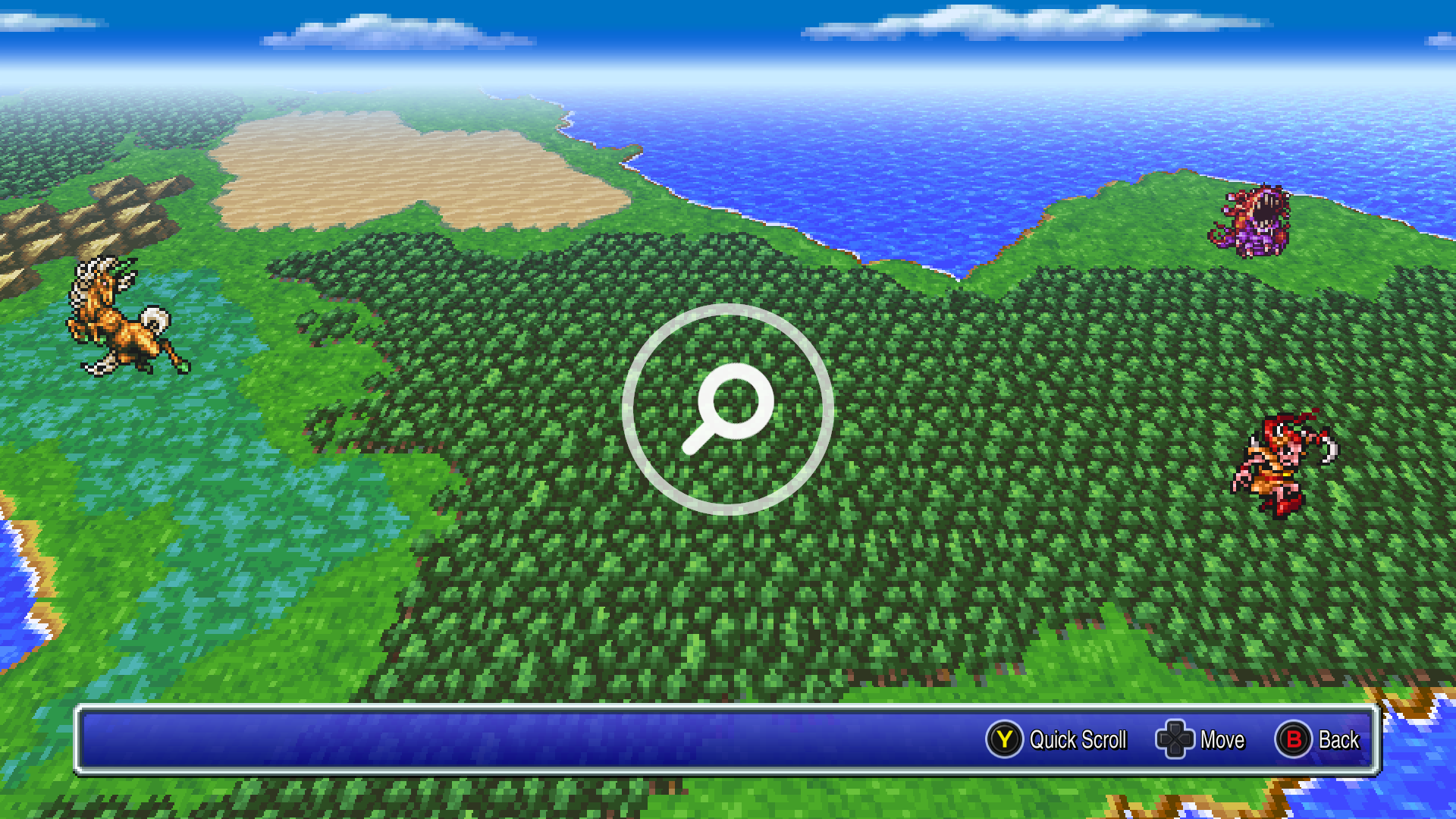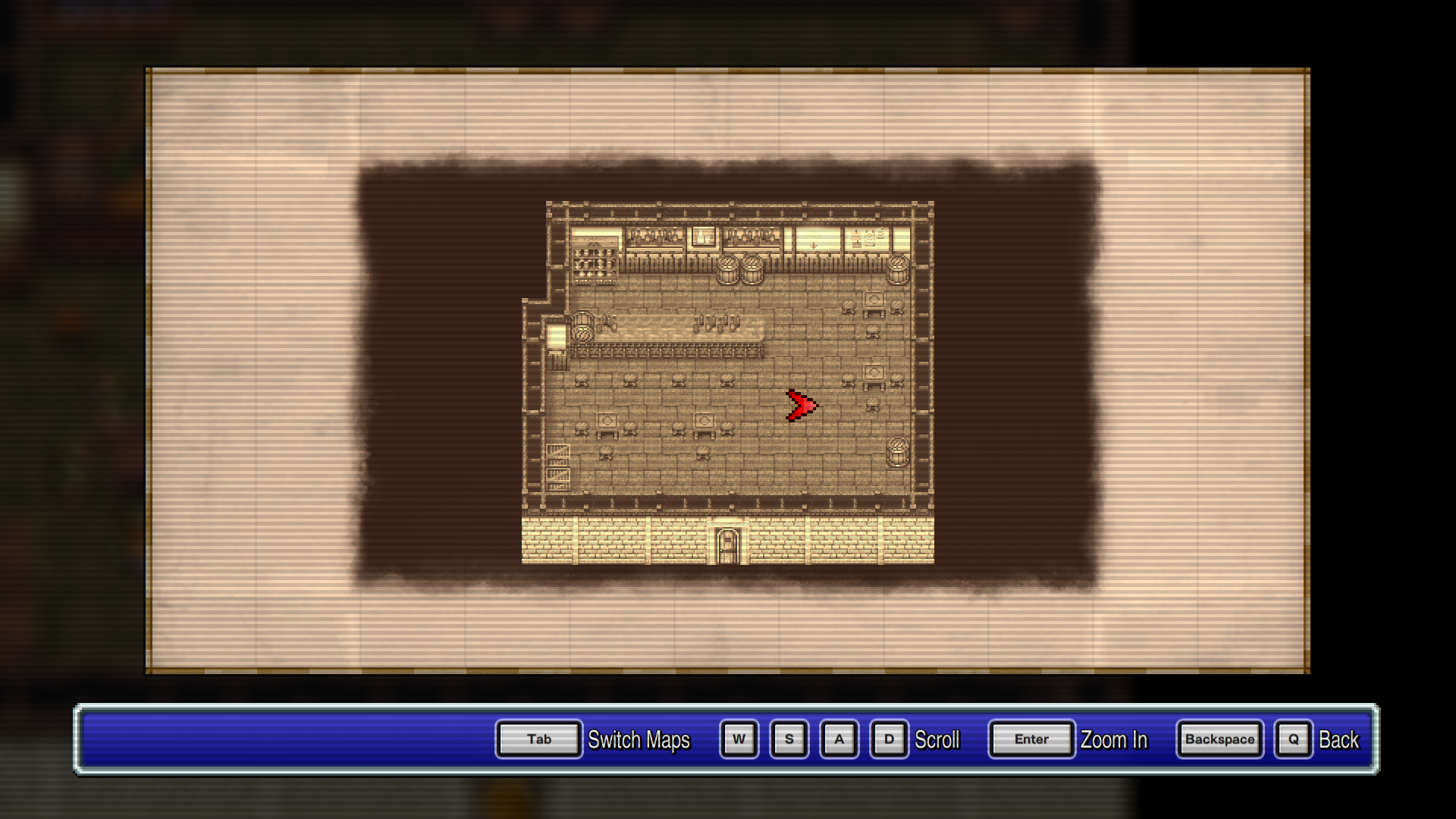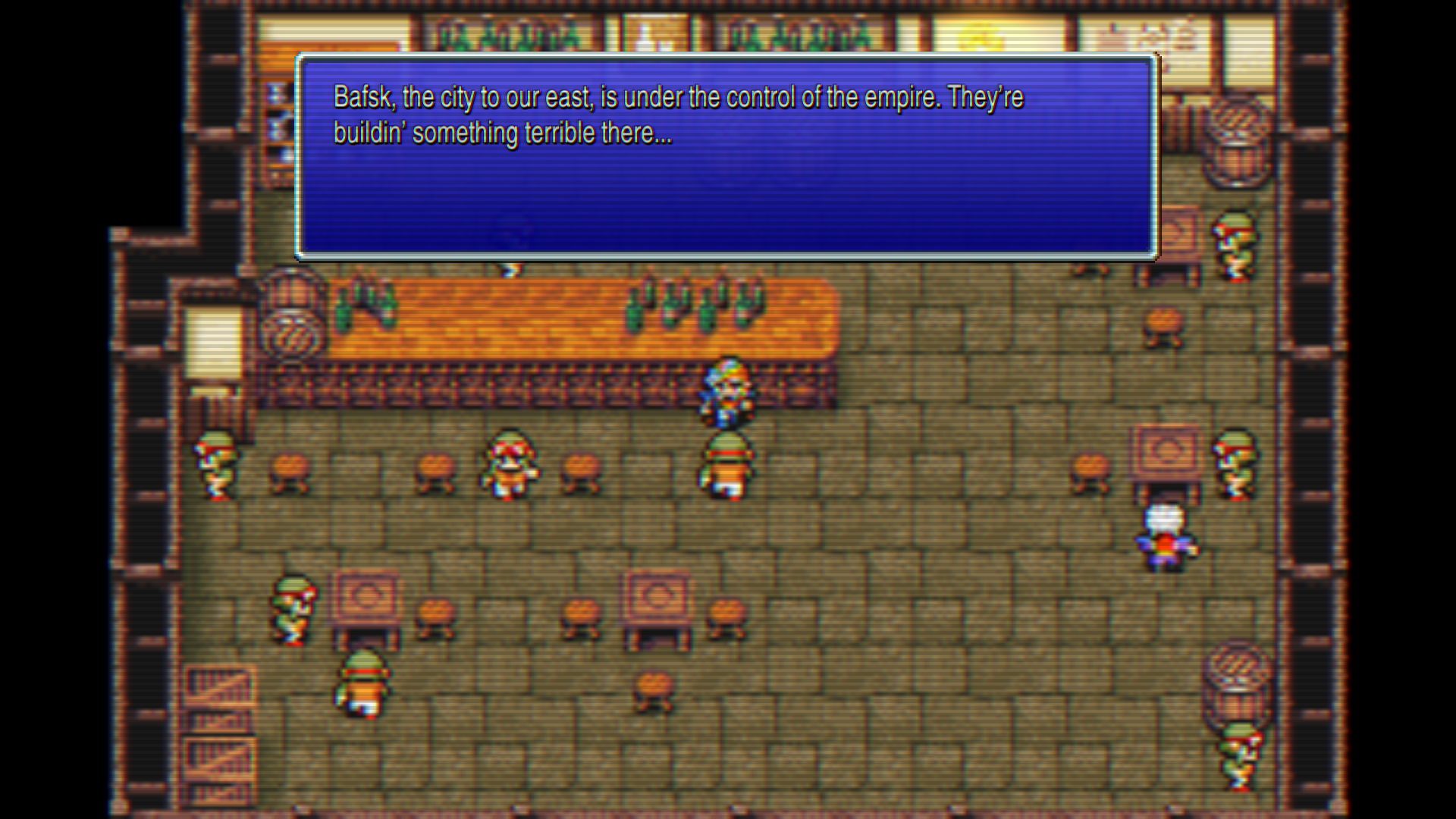Classic Final Fantasy games from the 8-bit and 16-bit era have been ported and remastered several times before. From the first PlayStation, to the GameBoy Advance, to the PSP, and then smartphones, each iteration takes a certain approach whether it be adding new features and content or an updated graphical style. With many of these platforms now receding into relative obscurity, the call for Square Enix to update and port these games to more current platforms has rang ever louder. Final Fantasy III, for example, has never released in 2D outside of Japan.
Announced earlier this year, the first six Final Fantasy titles will be given the “Pixel Remaster” treatment, with the first three launching on July 28th, and the next three to launch later this year. Currently, these remasters are only announced for Steam and smartphones. What’s interesting is that there are remasters that currently exist on these platforms, but are being phased out in favor of the Pixel Remasters – as if Square Enix is positioning them as definitive versions. But are they really?
From what I’ve played between each of the first three Pixel Remasters, it seems like a grab bag of features from every version, which is bound to please some and detract others. First off, Final Fantasy I and III return the Vancian magic system found in the original games in lieu of the MP or Magic Point “pool” prevalent in many other remasters. This often changes the way you’ll conserve and spend your magic, as restoring MP isn’t as easy in the latter system.
Each title retains an in-game prologue, but eschews many of the optional content found in the Dawn of Souls and Anniversary editions of FFI and FFII – content such as the semi-random dungeons in FFI and the additional Soul of Rebirth dungeon in FFII. I was a bit disappointed to see it cut.
However, there are new features in the Pixel Remasters that are welcome, such as a semi-programmable auto-battle function, that, when pressed, will perform the last action you select and is retained between battles. An auto-save function is handing in the even you wipe and forget to manually save. There’s a bestiary that will also show you where on the map enemies will spawn, though it’s only accessible through the title menu for some reason. One of the biggest changes is the addition of a minimap for the overworld, field, and dungeon maps which can be toggled on and off if you so desire. It’s a welcome update for that faintly-remembered dungeon layout.
There’s also a filter that attempts to emulate a CRT display which makes the menus look slightly less sterile and gives sprites and backgrounds familiar fuzziness. However, I didn’t find myself using this for more than a few minutes. Sprites themselves are redone by Kazuko Shibuya, their designer from the original games, and while not a 1:1 re-creation, maintains a more moderated approach that adds a bit more detail without appearing deeply smoothed out. You can also move diagonally, which helped wean me off of my controller’s directional pad and to the thumbstick for a welcome reprieve.
Unfortunately, the Pixel Remasters poor choice of fonts remains in the versions I played. Extremely narrow and drab-looking, it’s difficult — almost impossible — for me to read unless I was sitting at my desk in front of my monitor. Forget about sitting on the couch several feet away. It’s unfortunate, as there have been artists that have developed rounded and robust pixel-based fonts that would work much better here. With no dearth of menu space, it’s a glaring omission that I hope Square Enix considers patching quickly, especially for those that struggle with reading small, narrow fonts. Additionally, the Borderless Windowed and Fullscreen modes feature heavy issues with vertical sync or screen tearing that are not present in Windowed Mode. Obviously playing in Windowed mode is far from ideal, but it’s the only mode that would prevent the extremely distracting issues.
Nobuo Uematsu, the original composer of these titles, has returned to supervise newly arranged soundtracks. These arrangements, the highest point of these remasters, are a delight. Some standout moments include the Chaos Shrine, from FFI, the Main Theme of Final Fantasy II (world map), and Battle 2 from FFIII. Luckily, each title includes a music player on the title screen so you can sample to your hearts content. One little detail I enjoyed is the victory fanfare for each game has a different flair. FFI‘s is punchy and bold, FFII‘s is orchestral and brassy, and FFIII‘s is slightly synthy, and the variation is welcome and amusing.
As I mentioned before, Square Enix retiring the previous remasters of FFV and FFVI in favor of the Pixel Remasters gives them an opportunity to course correct on some of the reasons why those attempts are derided – a poor presentation marred by smoothed-out sprites, tile seams that stick out like a sore thumb, and a highly unattractive user interface. That the Pixel Remasters can’t solidly improve on this gives me reason to pause in my recommendation, at least until a critical readability and accessibility issue with the font is addressed. I cheer the effort to bring these classic games to a new platforms so that they can reach new players, but it would be nice to see some of the content and features from previous versions return, but, even more, some TLC for what is the genesis of one of Square Enix’s most beloved franchises. If you’re totally new to these games, this is still a decent onboarding — text issues aside — but I hope we don’t need yet another remaster to get to that definitive version, and that the Pixel Remasters can simply be updated to attain that status.
Disclaimer: Steam review code provided by the publisher Square Enix.







Recent Comments